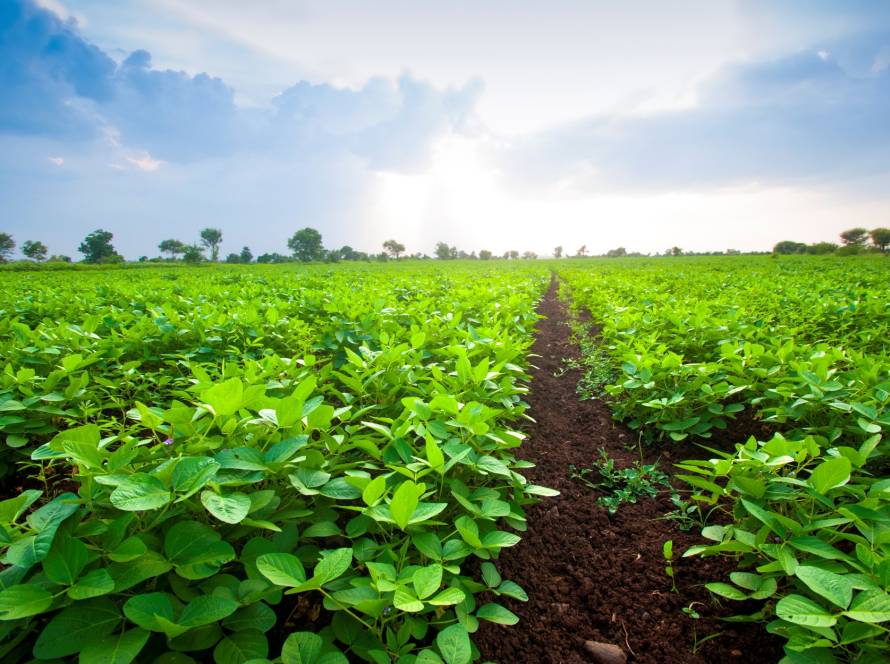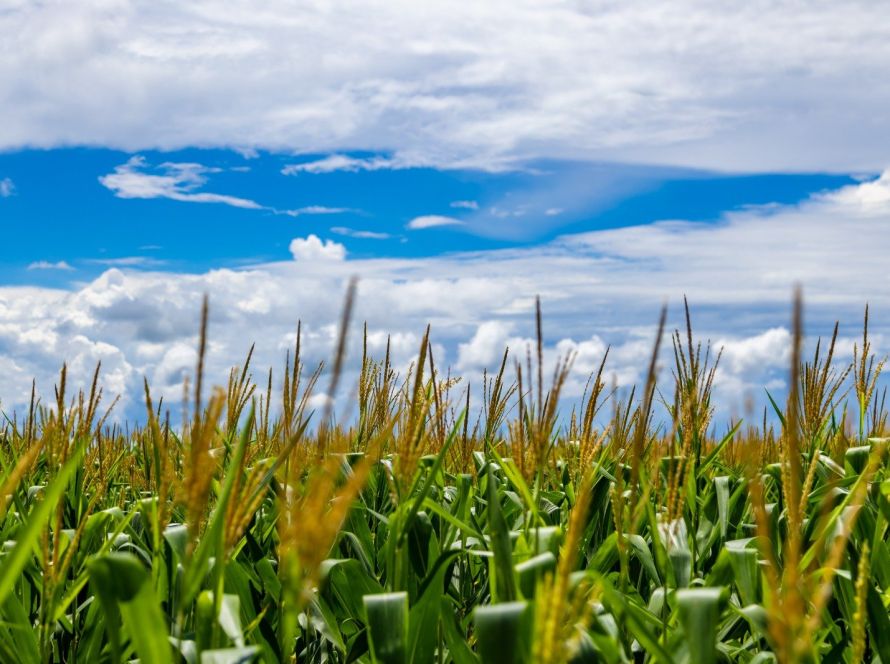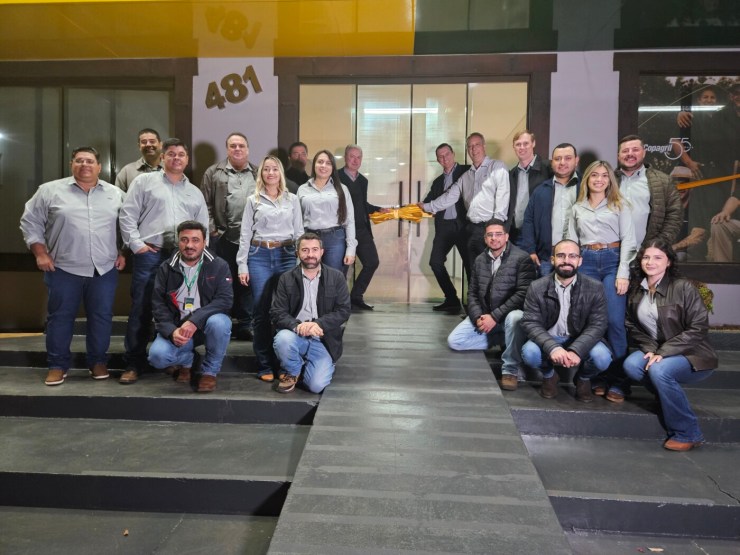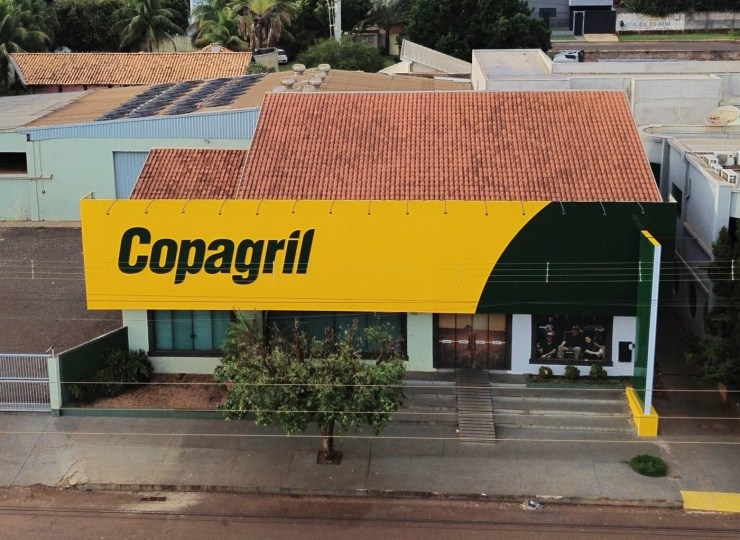![]()
“Goiás has potential and is on its way to becoming the second largest grain producer in Brazil”, stated André Rocha, President of the Federation of Industries of the State of Goiás (FIEG), during the opening of the 6th edition of DATAGRO – Soybean, Corn and Cotton Harvest Opening, held in Goiânia/GO, this Thursday (14).
Currently, the State of Goiás has more than 9 million hectares explored for agriculture, considering 6.2 million hectares for the 1st harvest, and 2.9 million hectares for planting the 2nd and 3rd harvests, and represents the 5th largest gross value of agricultural production in Brazil, R$1.22 billion, a growth of R$1.51 billion compared to 2024. However, a study carried out by IFAG indicates that the potential for agriculture in the State is 13.2 million hectares, considering only consolidated areas.
According to the National Water and Sanitation Agency (ANA), irrigated areas cover approximately 700,000 hectares, consolidating the state's second-largest central pivot area. However, there is an effective potential of an additional 1.41 million hectares, which would double Goiás' irrigated area.
According to José Mário Schreiner, president of the Agriculture and Livestock Federation of Goiás (FAEG), the state can achieve irrigated land up to 4 million hectares, and the focus is on the Araguaia Valley, a region encompassing parts of Goiás and Mato Grosso, boasting rich biodiversity and significant agricultural potential. "The Valley covers an area spanning 400 km along the banks of the Araguaia River, meaning we have 4 million hectares there. If we consider that we can implement a production system on 2 million hectares, that's an additional 2 million hectares to be incorporated into Goiás' agricultural production. We have a very important area there, rich in water and with a favorable climate," he explained.
However, according to Schreiner, despite its significant potential, the area presents significant infrastructure and logistical challenges. "The biggest challenge is the lack of electricity in the region. It's not even a distribution issue; there's a lack of transmission lines to distribute locally, allowing this region to be incorporated into agriculture and irrigation. Another issue is the lack of investment in road paving, which is outdated and precarious. However, we are investing in improvements and paying close attention to the Araguaia Valley. Soon, Goiás and Brazil will be able to benefit from this great agricultural potential," he emphasized.





